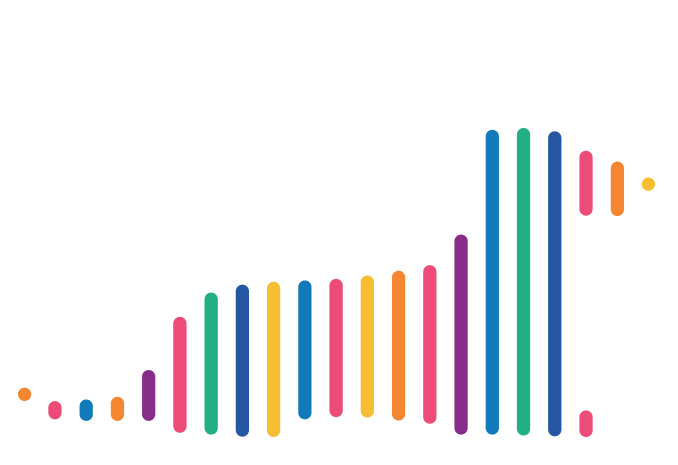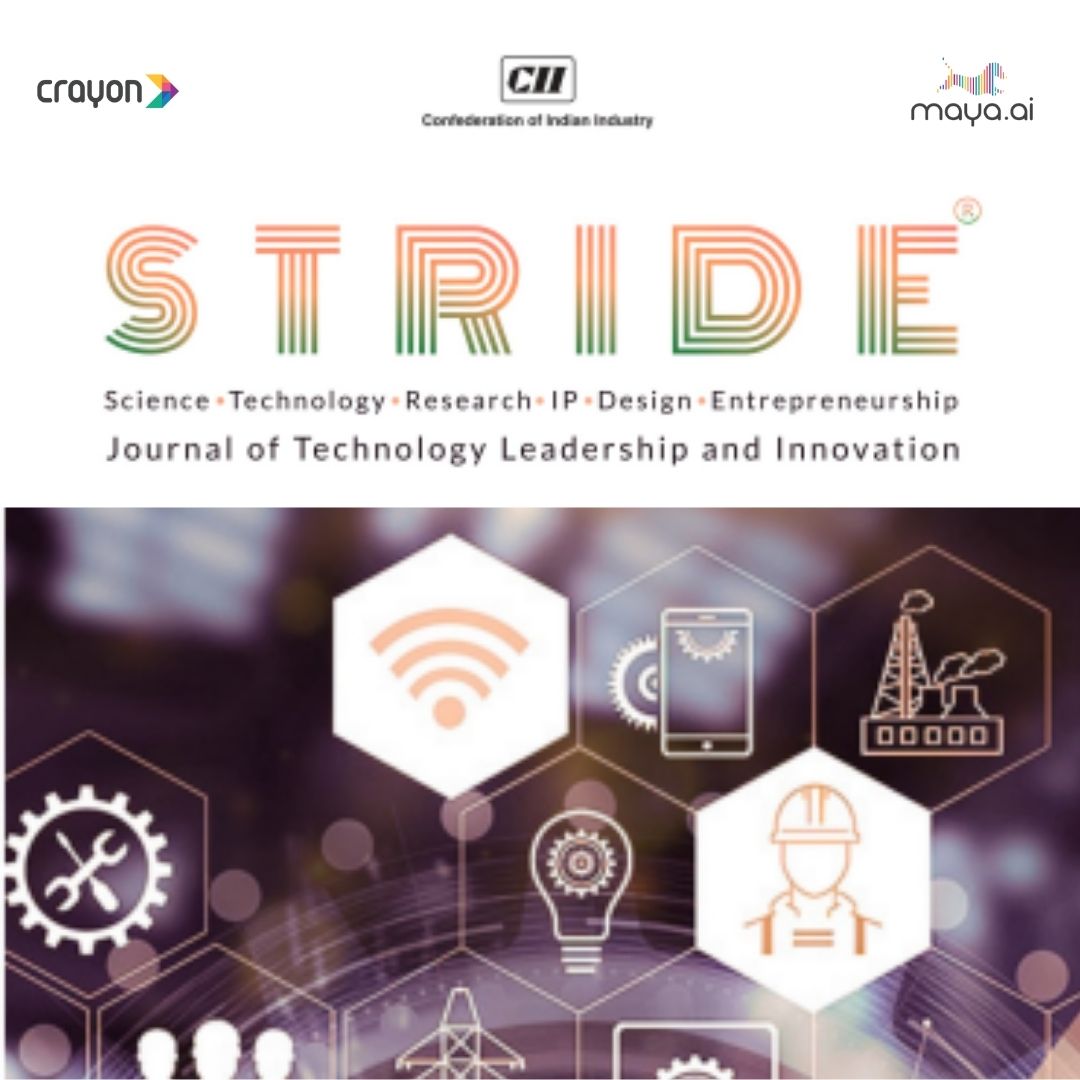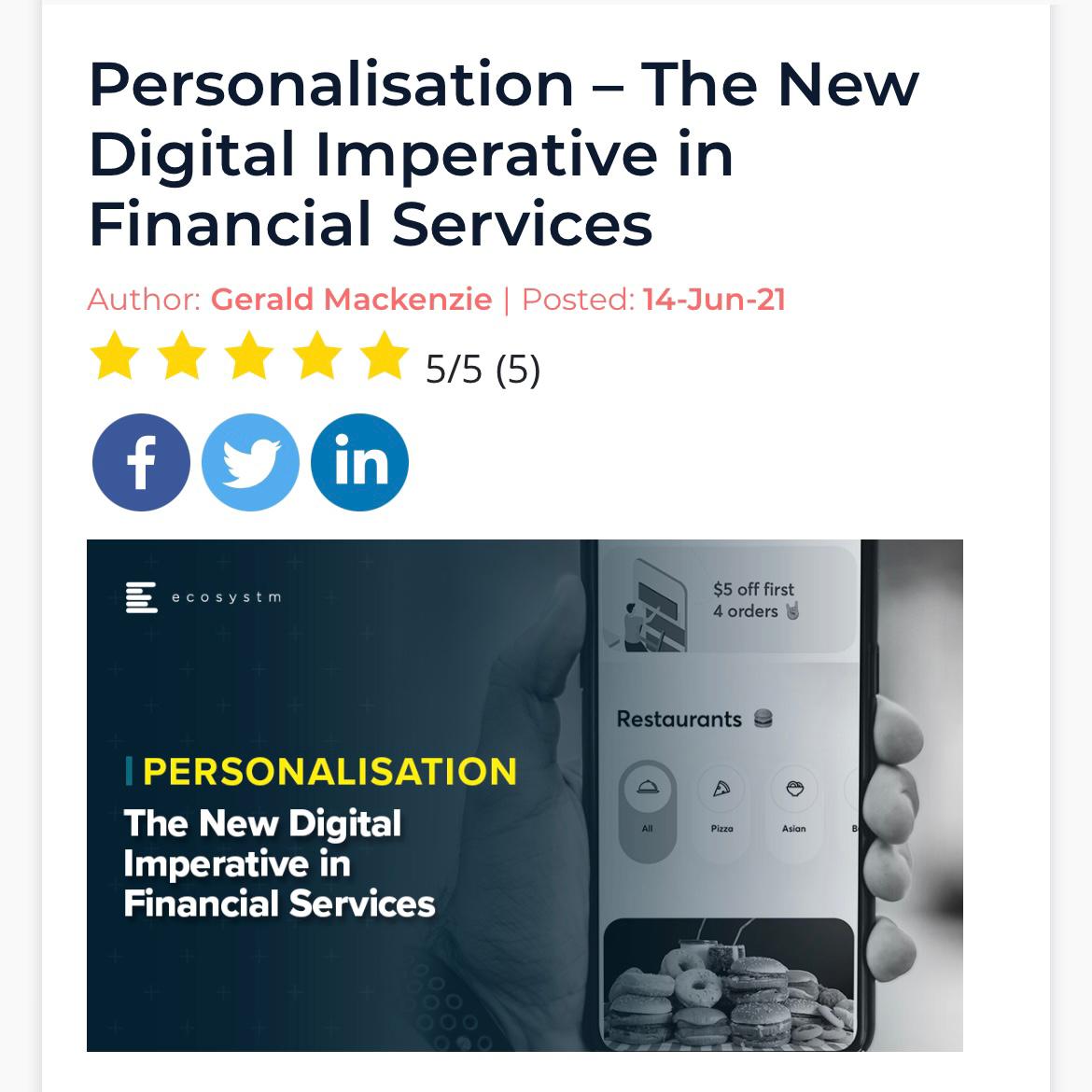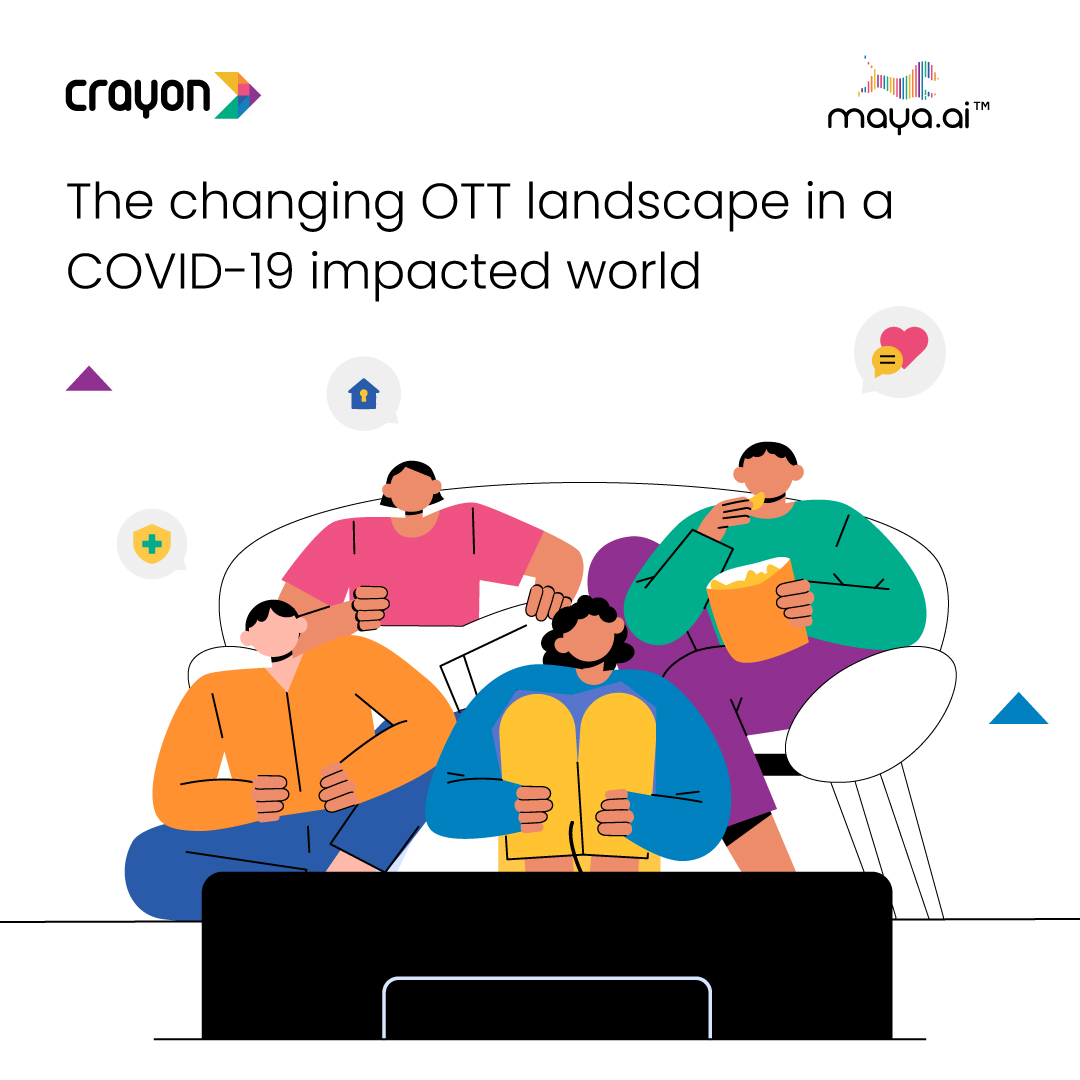The world is going online.
Online retailers are becoming more relevant. However, they are still unable to provide the same personalized experiences as brick-n-mortar stores. (You know, like the ones which have a salesman helping customers find the perfect outfit). That and the luxury of quickly moving to products one likes, while discarding the ones they don’t, are some of the perks of shopping offline.
On the flipside though, physical stores do not provide the same merchandising breadth as an eCommerce website. As well as the ease of purchase from the comfort of one’s own home.
Then there are brands that have the best of both worlds – online portals and offline stores.
The AI-led personalization engine, maya.ai allows these retailers to leverage these two. By using the power of data and artificial intelligence to create a seamless omni-channel shopping experience.

maya.ai is dedicated to understanding human tastes
maya.ai helps retailers and e-commerce companies read their customer’s minds to unlock their wallets – to spend on what they really want. The engine helps retailers show their customers the products that they’re interested in and that match their tastes. Thus leading them towards the point of discovery. By understanding customer tastes and their underlying preferences, maya.ai enables e-commerce companies to customize every website experience to every customer.
Why should retailers use maya.ai to customize experiences?
maya.ai is one of the most powerful eCommerce personalization engines in the market. Here are what makes it incredible:
- 8%-13% increase in conversions and sales
- A 5 week POC. Clients pay after they see results
- 100x-1000x faster integration with the entire process taking roughly 15 minutes of their tech team’s time
- Patented algorithms that capture eyeball data of customers to deliver 20% better predictions
- Personalisation of the entire user journey (not just the home page and product listing page)
- No changes required on the website’s UI and no need of personally identifiable information (PII)
What are the different features available?
maya.ai delivers its magic through five key features. Retailers can experience end-to-end personalization through,
- Category Page Reordering: Products are reordered on category listing pages differently for each visitor. Real-time ordering optimized based on the visitor’s likelihood to click. This feature increases PDP views and guides visitors towards a point of discovery
- Personalized Boutique: This feature is the online equivalent of an offline shop. A cross-category personalized digital storefront with interactive feedback for real-time choice generation. It improves website experience, SEO ranking, and repeat visitors.
- Context-aware recommendation widgets: The widget displays products that visitors are most likely to buy in a curated manner, fine-tuned with nuances of context. Such as the visitor’s last activity, their previous URL, etc. to optimize conversions.
- Optimization widgets: Optimization widgets are best played in combination with the recommendation widgets. They increase the efficacy of personalization, thus driving further conversions. The best examples of these widgets are “new-arrivals”, “best-sellers”, etc.
- Exit pop-ups: Displays a feed of highly personalized, attractive products and offers aimed at retaining visitors. It is optimized for clicks and to reduce bounce rates
What features are in the pipeline based on typical client needs?
Here is a list of features that are a part of the maya.ai engine but are not a part of the usual sales kit. We’re working on it!
- Customization and control of recommendations: Sometimes personalizing the entire listing page may not compliment the business needs of a brand entirely. For example, eCommerce companies may have prior objectives, such as stock liquidation, brand prioritization, etc. maya.ai allows clients to change the weightages applied to recommended products to meet business requirements of the company
- Omni-channel personalization: Companies with both eCommerce and physical stores can leverage the power of data collected from both channels to provide an online experience in offline stores. And offline experience on online stores. Resulting in a truly personalized shopping experience from the brand
- Personalized engagement: Communication channels like email/SMS personalized to each customer, with the aim to increase open rates and reduce bounce rates
What results can retailers expect?
Retailers will typically see the following results once they’ve integrated maya.ai with their eCommerce website:
- 8%-13% increase in conversions/sales
- 6%-9% increase in add-to-cart
- 30%-60% increase in click-through rates
- 8%-13% increase in product views
What areas can the engine be extended to?
maya.ai is focused on the eCommerce vertical, and mainly targets fashion brands, as they tend to have a large number of SKUs (stock-keeping unit). It can be extended to any vertical of eCommerce if there are at least 500 SKUs, and more than 200K visitors a month. ( The number of visitors is more from a dollar interest of Crayon and the SKUs help the engine learn more efficiently for better personalization).
How much does it cost to integrate with and use maya.ai in terms of time and finance?
The cost for implementation is decided based on the online traffic and product catalogue size of the company. Typical pricing ranges from 3$ to 15$ per 1000 unique website visitors. In terms of time, the client only needs to spend 15 minutes to integrate maya.ai and will see the results within 5 weeks.
How is maya.ai different from other personalization engines in the market?
There are three key differences that set maya.ai apart, from other personalization engines in the market.
The first, maya.ai personalizes the entire customer experience on the website. And not just the homepage and product listing page. This results in better customer experience in terms of website navigation
Secondly, maya.ai captures eyeball data, which allows the engine to collect a very integral piece of data. Eyeball data allows maya.ai to distinguish between products that were shown to the customer but were not clicked on, and products that were NOT shown and hence not clicked. This allows maya.ai to provide 20% better predictions in terms of personalized recommendations
Finally, the integration of maya.ai is 100x-1000x faster than the closest competitor. It takes only 15 minutes to integrate and the client needs to only paste a JS code, provided by Crayon, in the header of the website and send us the live product feed.
And voila! maya.ai will start working her magic on the e-commerce portal.



















